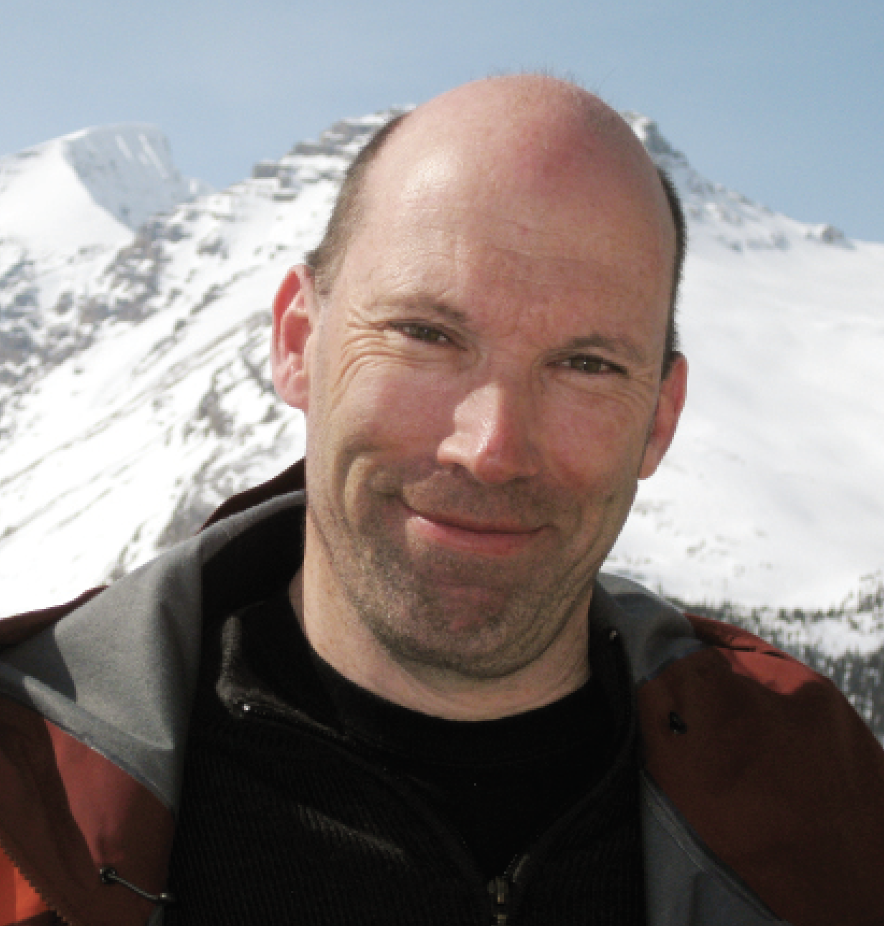
Artificial slopes, using carpet or matting in place of snow, bring skiing to areas without reliable natural snowfall. Skiers have used them for over a century, but the earliest artificial surfaces manufactured specifically for skiing date from the 1950s. Since then, more than 1,000 have been built in 50-plus countries worldwide. The slopes come in many different shapes and sizes, with several companies involved in their manufacturing over the past 70 years, so no two are ever the same.
Dry ski slopes are essential for teaching millions of people to ski or snowboard. They can take the basic skills acquired on artificial slopes and then ski at conventional resorts around the world. Indeed, claims ski writer Patrick Thorne, dryland slopes have been a major factor in the success of the global ski industry. Many established dry slopes have strong community support, enabling children and people with special needs to learn to ski or board as well as practice regularly. They’ve also bred some of the world’s best skiers and snowboarders who’ve gone on to World Cup and Olympic glory.
The website DrySlopeNews.com includes an extensive directory of existing and former dry slope operations, with a timeline history going back to the Vienna Schneepalast of 1927. The site is the brainchild of Thorne, who learned to ski on a dry slope as a youngster in the late 1970s.
Thorne has covered skiing from his base in the United Kingdom for more than 30 years and has recently joined ISHA as a contributor to Skiing History and skiinghistory.org. He operates the news site InTheSnow.com and a sister site, indoorsnownews.com, covering the snowdome universe. DrySlopeNews.com won a 2019 ISHA Cyber Award. —Seth Masia
